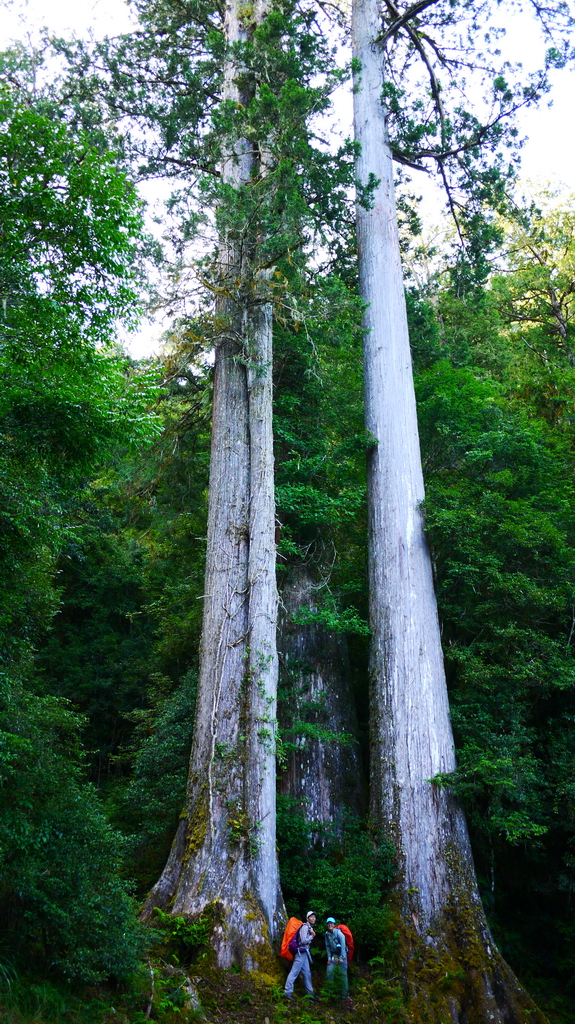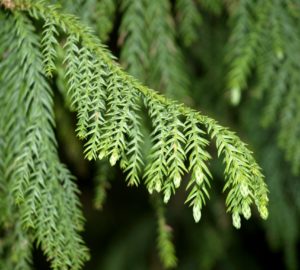
This week we bring you the coffin tree (Taiwania cryptomeriodes) or Taiwan cedar, one of the largest trees in Asia. This tree is found in forests in mainland China and Taiwan growing alongside plants not unlike those found in our coast redwood forests. Coffin trees stand 200 feet tall alongside Douglas firs, oaks, rhododendrons and berry plants, densely hung with old man’s beard lichen.
Similar to the coast redwood and giant sequoia, its wood is remarkably resistant to fungi, insects and decay. This makes it highly desirable, and as the name suggests, it is often used for building coffins as well as homes and furniture thanks to its beautifully marked grain. It is long-lived, reaching 1,600 to 2,000 years and older.
Once more widely distributed throughout Asia, these trees were heavily logged due to their valuable timber, losing 30 to 40 percent of its original range. In 2002, scientists discovered a new population of coffin trees in the remote mountains of northern Vietnam, hundreds of miles from the next-closest population and in acute danger of local extinction. A successful community-based conservation program has since been established to protect these disconnected specimens from illegal harvesting and damaging land-clearing. China, for its part, declared a ban on coffin tree logging in 2001. The establishment of Yushan National Park in Taiwan in 1984 has helped protect this tree.


3 Responses to “Coffin Tree, a Redwood Relative in Taiwan”
Brian OMalley
Very nice article. You may be interested to know there are examples of Taiwania in the U.S. There is one in our yard in Monroe County, PA, planted by the previous owners (we bought in 1993) that is quite large and growing!
Deborah Zierten
Hello Alice,
Thank you for your comment. It is nice to know our redwood trees can remind and connect people to their homeland, thousands of miles away. I too hope to visit redwood relatives all over the world one day. Please send us pictures when you make it back to Yushan NP.
thank you!
Alice Tseng
Thank you so much for the article on coffin tree. I am originally from Taiwan and thrilled to read about the conservation efforts to protect theses last standing redwood relatives. It gives me a reason to return to the island to visit the Yushan NP.